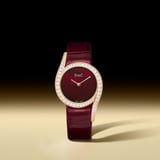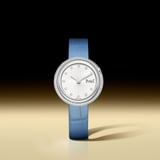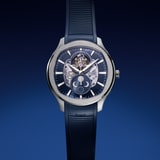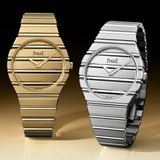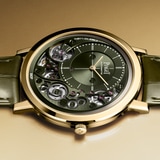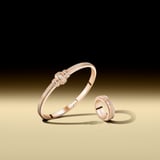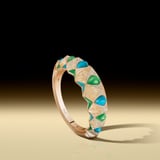Altiplano
Ultimate distinction
Since 1957, Altiplano is a commitment to exceptional watchmaking. A token of Piaget’s unique ultra-thin mastery.
Our Creations
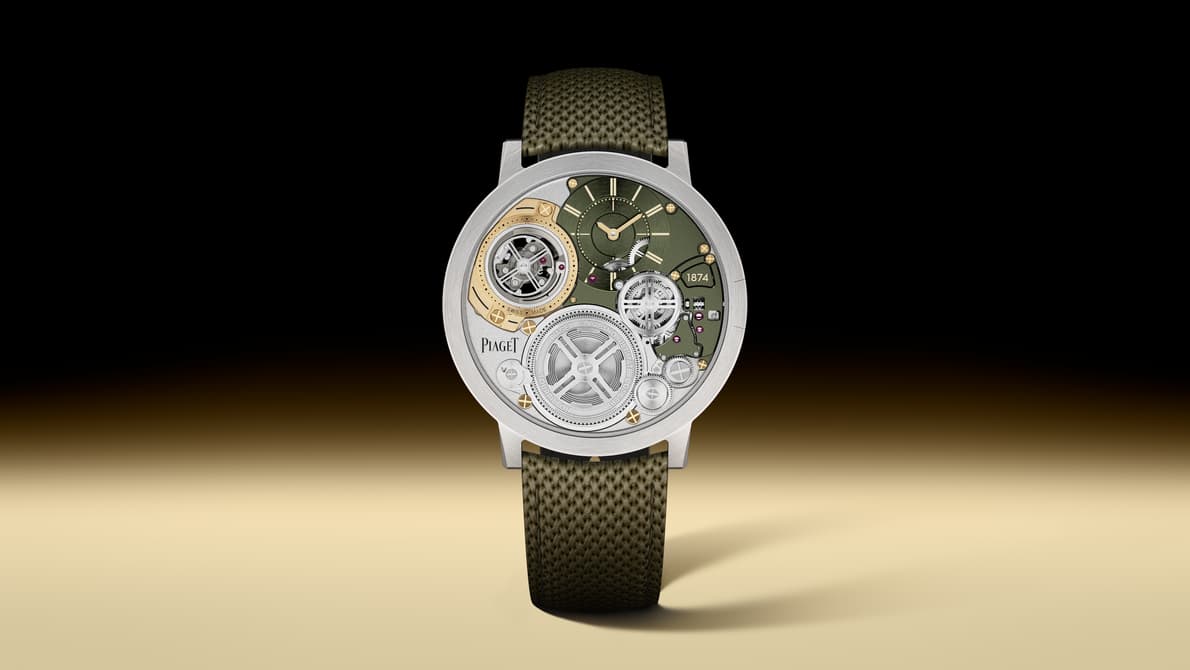
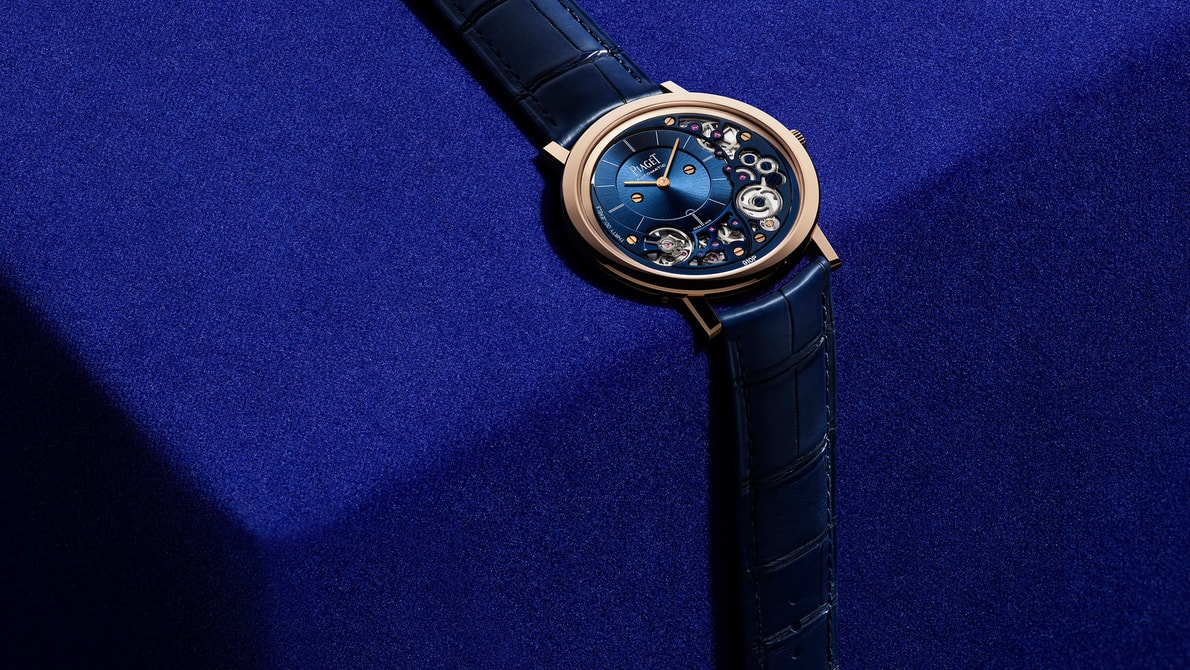
Piaget Altiplano: A legacy of ultra-thin watchmaking excellence
The ultra-thin watch redefined. Since 1957, the Piaget Altiplano watch has been a testament to exceptional Swiss watchmaking. Its ultra-thin watch movements, a hallmark of Piaget's expertise, are housed within elegantly minimalist cases. The original 9P movement, launched in 1957, set a new standard for ultra-thin watch design, a legacy continued by groundbreaking creations like the Altiplano Ultimate Concept.

